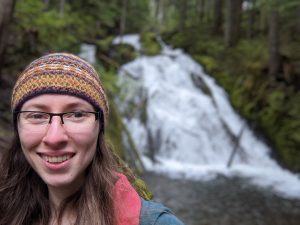
Coming to Michigan Tech for Winter Carnival this year? Stop by the Dean’s office to warm up with some hot cocoa and snowflake cookies on Friday, February 11, from 1-4 pm.
Come meet Janet Callahan, Dean of the College of Engineering at Michigan Tech. Everyone’s welcome!
The College of Engineering dean’s office area is located on the 7th floor of the M&M (Minerals & Materials) building, room 712. The M&M, a newer building, has two parts connected by an overhead walkway. We’re on the water side of the walkway, just to the west/northwest of Douglass Houghton Hall.




















